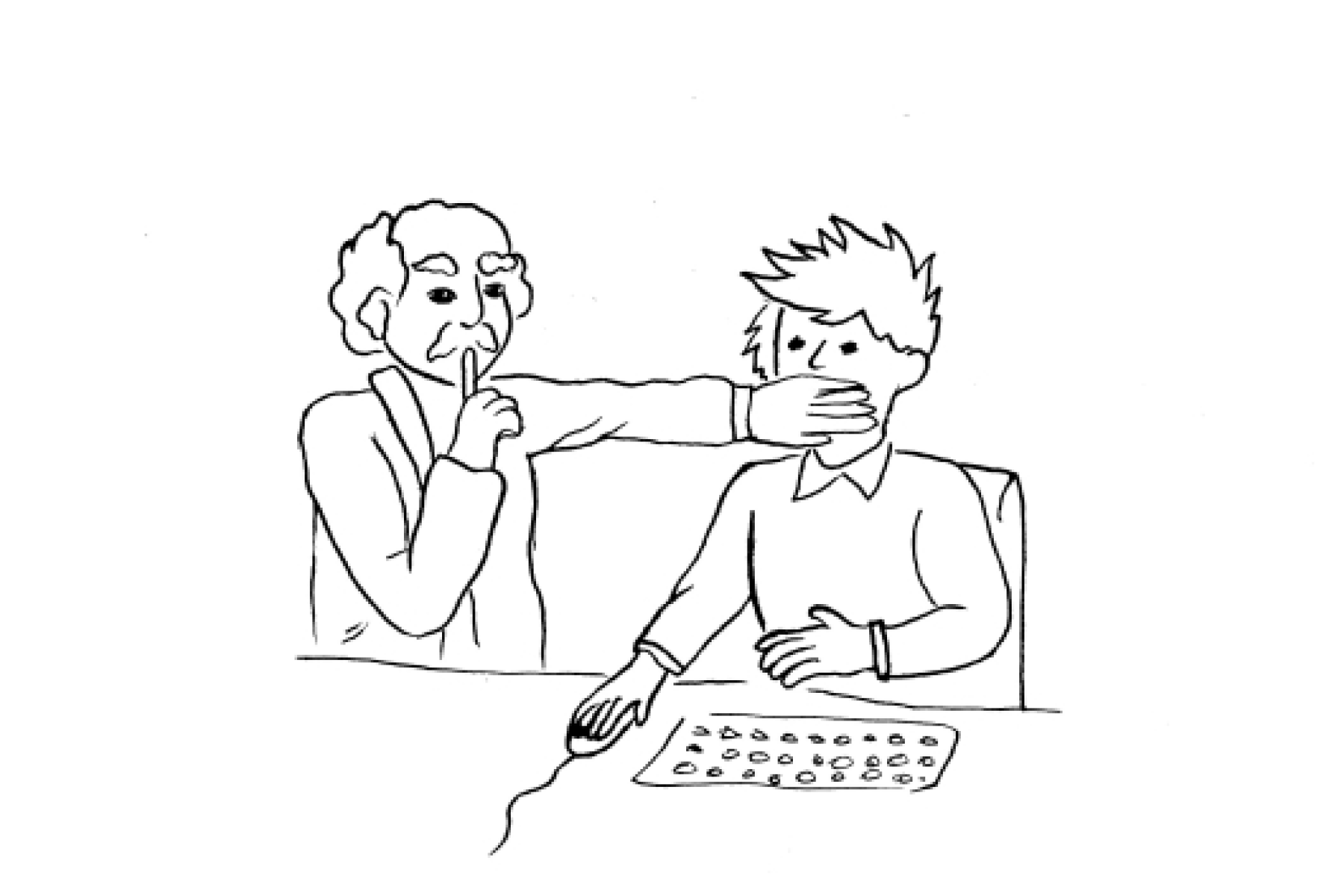307
I want to get better at dealing with rejection so it doesn’t derail me
Buffering

The Context
How do you show more resilience in the face of failure?
How do you process rejection in a way that makes you feel better? Here's our current cannon of advice.
Take some time to cool off. Feel all your feelings. Be more compassion for yourself. Express gratitude for the experience. Learn by reflecting on the failure. Channel difficult emotions into constructive projects. Call people who can talk you down off the ledge. Surround yourself with those who value you. Diversify your portfolio of happiness so you're less vulnerable to derailment in the future. And know that rejection is not personal, permanent or pervasive. Each of these strategies can be highly effective. The question is, what happens when they're not enough? What if you follow all the classic advice, and rejection still turns you to jelly? Perhaps you need a new tool.
The Tool
Buffering
BUFFERING -- An alternative regulatory strategy to negative feedback about your work
You need a different frame of reference that current solutions don't offer. Let's talk about a technique called buffering. This is a term that has wide application across many disciplines. A buffer in rail transport is a device that cushions impacts between vehicles. A buffer in metalworking is wheel that smooths a workpiece's surface. A buffer in geography is a country that prevents conflict two rival or hostile powers. A buffer in fitness is your body's ability to neutralize and eliminate waste that congests muscles during anaerobic workouts. A buffer in biology is a reservoir of molecules that counteracts fast disturbances and ensures more robust regulation. And lastly, a buffer in chemistry is an agent that help a compound maintain homeostasis value after a foreign agent has been introduced. Do you notice any commonalities among the use cases? Buffering is essentially an alternative regulatory strategy to negative feedback. And the good news is, anyone can develop a buffer for any experience of failure. Your response to rejection can become just as creative as the very work that was rejected. It just takes intention and imagination. Let's say you submitted a piece of work to potential client, prospective buyer or current coworker. You labored hard on it, you're proud of the final product and you're energized by the prospect of the upcoming project. But you soon discover that, for whatever reason, they ultimately gave it a hard pass. God damn it. That's bullshit. Those bastards would know good work if it bit them in the ass. Okay, fair enough. We can all admit how little it takes to activate feelings of rejection. But before this feedback sends you spiraling into a whirlpool of irrationality, try introducing a buffer. Counterbalance your negative experience by immediately overwhelming it with positive proof points. Make a mental list of all the value adds from your rejection. You felt competent during the process, you doubled your learning on an important subject, you didn't focus on your depression all week, you deepened a new professional relationship, you grew your skillset in a key area, you got paid money to do work you enjoy, you created value for others and captured value for yourself, and you now have a usable template that can be repurposed for future work. How is this a failure again?

Scott's Take
To quote my brilliant therapist, if someone says no to you, respond by saying yes to yourself. Extensive positive psychology research reveals that humans need three positive thoughts to balance the power of one negative thought. This ratio is critical to happiness, productivity and effectiveness. Buffering triples that. It creates a stability boundary to counteract disturbances and ensure robust emotional regulation.
The Rest
Failure is just your judgment of an experience anyway. Use your intention and imagination to judge it more usefully. How will you deal with rejection so that when it happens again it saddens you less?
The Benefits
Increase your resilience and tolerance of failure
Build a stability boundary to counteract emotional disturbances
Deal with rejection so that when it happens again it saddens you less
Create responses to rejection that are just creative as the very work that was rejected